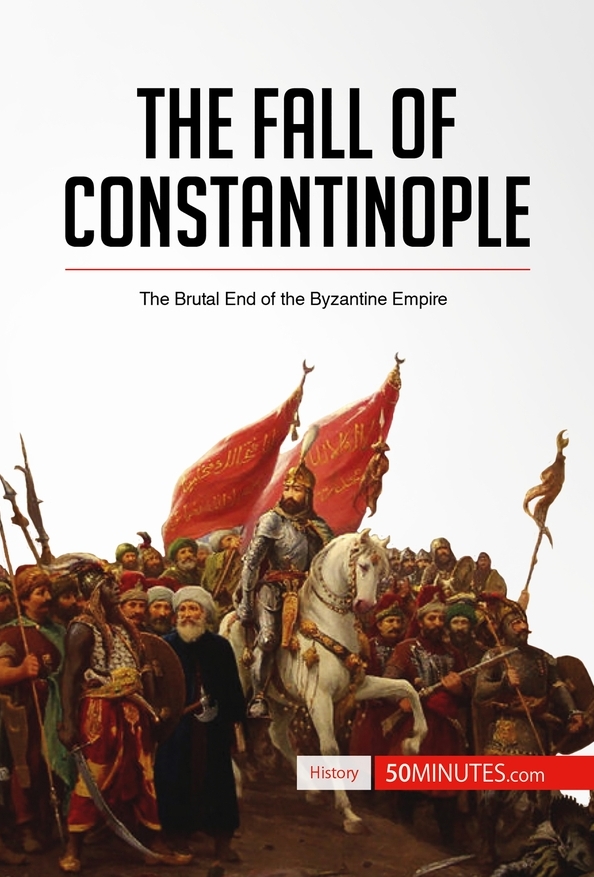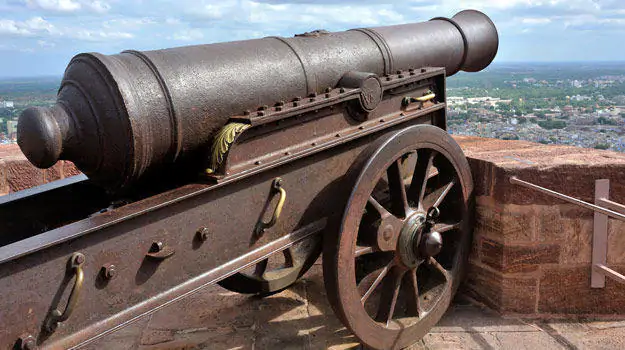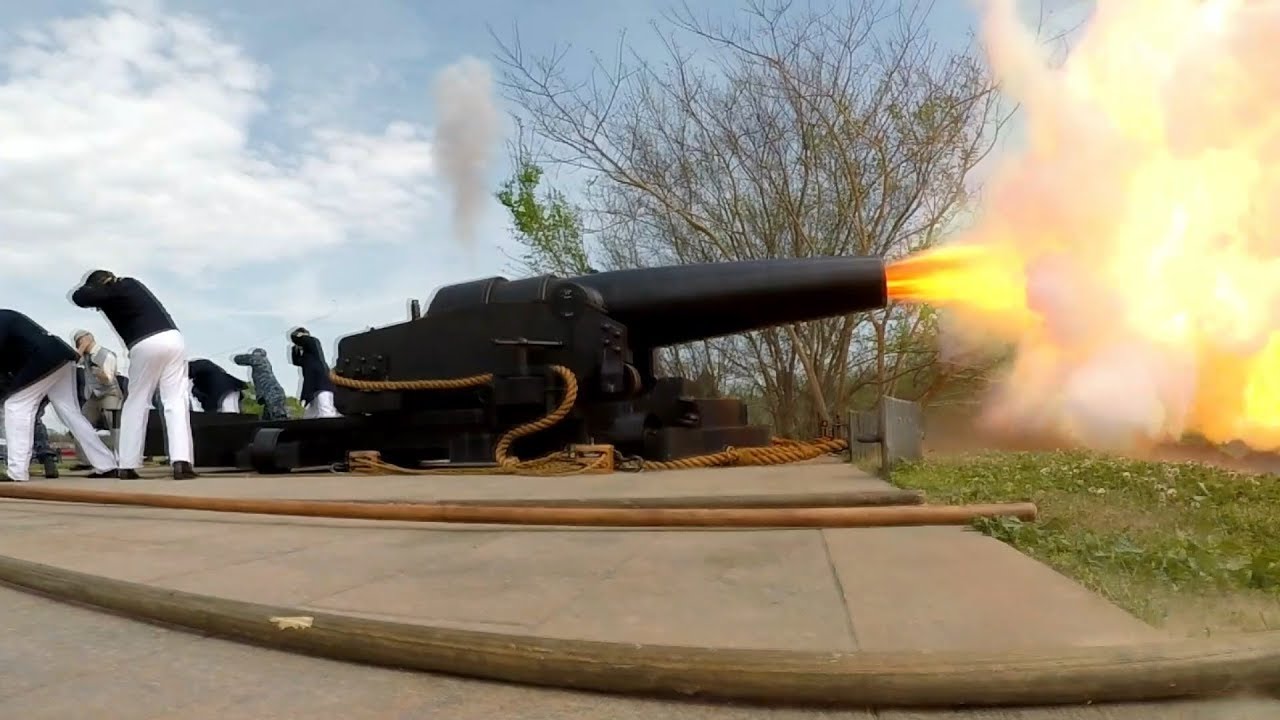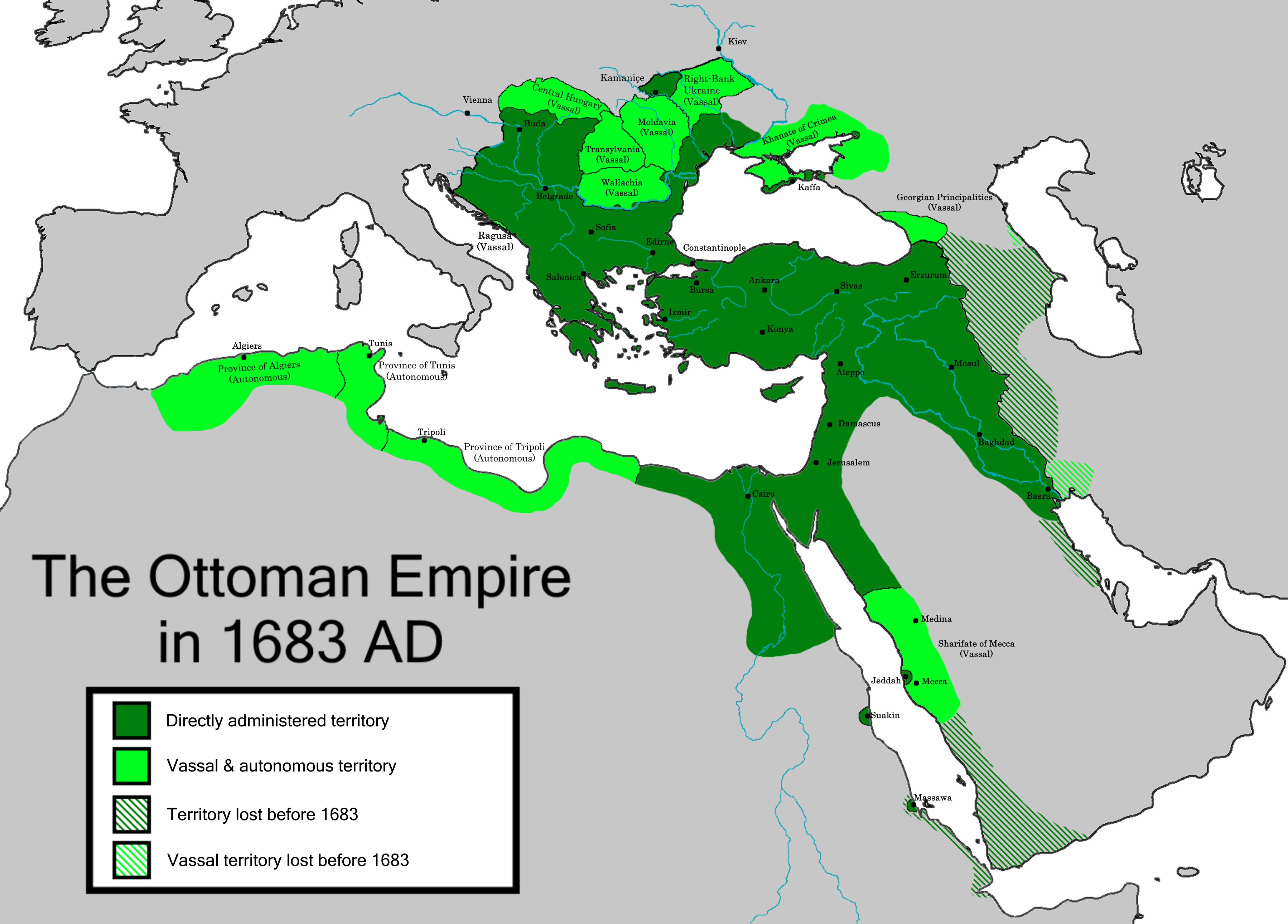ஆறாம் எக்காளம் - ஐப்பிராத்து நதி வெள்ளம்
எக்காளம் - கத்தோலிக்க ரோம பேரரசு (முதலாம் மிருகம் / மேற்கு & கிழக்கு ரோம பேரரசு) மீது இயேசுவின் தீர்ப்பு
வெளிப்படுத்தின விசேஷம் 9:13 - ஆறாம் தூதன் எக்காளம் ஊதினான், அப்பொழுது தேவனுக்குமுன்பாக இருந்த பொற்பீடத்தின் நான்கு கொம்புகளிலுமிருந்து ஒரு சத்தந்தோன்றி,
வெளிப்படுத்தின விசேஷம் 9:14 - எக்காளத்தைப் பிடித்திருந்த ஆறாம் தூதனை நோக்கி: ஐபிராத்தென்னும் பெரிய நதியண்டையிலே கட்டப்பட்டிருக்கிற நான்கு தூதர்களையும் அவிழ்த்துவிடு என்று சொல்லக்கேட்டேன்.
வெளிப்படுத்தின விசேஷம் 9:15 - அப்பொழுது மனுஷரில் மூன்றிலொருபங்கைக் கொல்லும்படிக்கு ஒருமணிநேரத்திற்கும், ஒரு நாளுக்கும், ஒரு மாதத்திற்கும், ஒரு வருஷத்திற்கும் ஆயத்தமாக்கப்பட்டிருந்த அந்த நான்கு தூதர்களும் அவிழ்த்துவிடப்பட்டார்கள்.
வெளிப்படுத்தின விசேஷம் 9:16 - குதிரைச்சேனைகளாகிய இராணுவங்களின் தொகை இருபது கோடியாயிருந்தது, அவைகளின் தொகையைச் சொல்லக்கேட்டேன்.
வெளிப்படுத்தின விசேஷம் 9:17 - குதிரைகளையும் அவைகளின் மேல் ஏறியிருந்தவர்களையும் நான் தரிசனத்தில் கண்டவிதமாவது, அவர்கள் அக்கினிநிறமும் நீலநிறமும் கந்தகநிறமுமான மார்க்கவசங்களையுடையவர்களாயிருந்தார்கள், குதிரைகளுடைய தலைகள் சிங்கங்களின் தலைகளைப்போலிருந்தன, அவைகளுடைய வாய்களிலிருந்து அக்கினியும் புகையும் கந்தகமும் புறப்பட்டன.
வெளிப்படுத்தின விசேஷம் 9:18 - அவைகளுடைய வாய்களிலிருந்து புறப்பட்ட அக்கினி புகை கந்தகம் என்னும் இம்மூன்றினாலும் மனுஷரில் மூன்றிலொருபங்கு கொல்லப்பட்டார்கள்.
வெளிப்படுத்தின விசேஷம் 9:19 - அந்தக் குதிரைகளின் வல்லமை அவைகளுடைய வாயிலேயும் வால்களிலேயும் இருக்கிறது, அவைகளுடைய வால்கள் பாம்புகளுக்கு ஒப்பானவைகளாயும், தலைகளுள்ளவைகளாயுமிருக்கிறது, அவைகளாலே சேதப்படுத்துகிறது.
வெளிப்படுத்தின விசேஷம் 9:20 - அப்படியிருந்தும், அந்த வாதைகளால் கொல்லப்படாத மற்ற மனுஷர்கள் பேய்களையும், பொன் வெள்ளி செம்பு கல் மரம் என்பவைகளால் செய்யப்பட்டவைகளாயும் காணவும் கேட்கவும் நடக்கவுமாட்டாதவைகளாயுமிருக்கிற விக்கிரகங்களையும் வணங்காதபடிக்குத் தங்கள் கைகளின் கிரியைகளைவிட்டு மனந்திரும்பவுமில்லை,
வெளிப்படுத்தின விசேஷம் 9:21 - தங்கள் கொலைபாதகங்களையும், தங்கள் சூனியங்களையும், தங்கள் வேசித்தனங்களையும், தங்கள் களவுகளையும்விட்டு மனந்திரும்பவுமில்லை.

வெளிப்படுத்தின விசேஷம் 9:14 - எக்காளத்தைப் பிடித்திருந்த ஆறாம் தூதனை நோக்கி: ஐபிராத்தென்னும் பெரிய நதியண்டையிலே கட்டப்பட்டிருக்கிற நான்கு தூதர்களையும் அவிழ்த்துவிடு என்று சொல்லக்கேட்டேன்.
வெளிப்படுத்தின விசேஷம் 16:12 - ஆறாம் தூதன் தன் கலசத்திலுள்ளதை ஐபிராத் என்னும் பெரிய நதியின்மேல் ஊற்றினான், அப்பொழுது சூரியன் உதிக்குந் திசையிலிருந்துவரும் ராஜாக்களுக்கு வழி ஆயத்தமாகும்படி அந்த நதியின் தண்ணீர் வற்றிப்போயிற்று.
Loosing the four angels which are bound in the great river Euphrates means loosing the warring forces of the Euphrates. The Euphrates river originates in Turkey. Hence the loosing refers to the Ottoman Empire (Turkey).
1 year + 1 month + 1 day = 360 + 30 + 1 = 391 தீர்க்கதரிசன நாள்
ஒரு தீர்க்கதரிசன நாள் = ஒரு வருடம்
எண்ணாகமம் 14:34 - நீங்கள் தேசத்தைச் சுற்றிப்பார்த்த நாற்பதுநாள் இலக்கத்தின்படியே, ஒவ்வொரு நாள் ஒவ்வொரு வருஷமாக, நீங்கள் நாற்பது வருஷம் உங்கள் அக்கிரமங்களைச் சுமந்து, என் உடன்படிக்கைக்கு வந்த மாறுதலை உணருவீர்கள்.
எசேக்கியேல் 4:6 - நீ இவைகளை நிறைவேற்றினபின்பு, மறுபடியும் உன் வலதுபக்கமாய் ஒருக்களித்து, யூதா வம்சத்தாரின் அக்கிரமத்தை நாற்பதுநாள் வரைக்கும் சுமக்கவேண்டும், ஒவ்வொரு வருஷத்துக்குப்பதிலாக ஒவ்வொரு நாளை உனக்குக் கட்டளையிட்டேன்.
391 தீர்க்கதரிசன நாள் = 391 வருடம்
1063 A.D to 1453 A.D
The period of the Ottoman Invasion of Eastern Roman Empire (Byzantine Empire) begins from 1063 A.D to 1453 A.D. Constantinople, the Capital of the Eastern Roman Empire fell to the Ottoman Empire in 1453 A.D
The Ottomans made great use of heavy artillery Cannons in their wars with the Eastern Roman Empire.
Ottoman Empire is also called Gunpowder Empire
மனுஷரில் மூன்றிலொருபங்கு கொல்லப்பட்டார்கள் - Great carnage was made in one third of the Roman Empire
குதிரைகளின் வல்லமை அவைகளுடைய வாயிலேயும் - From the cannons, destructive fire balls are projected;
வால்களிலேயும் இருக்கிறது - the breech where the charge of gunpowder is lodged.


Though multitudes of men were destroyed in the Roman Empire, yet the residue continued their senseless attachment to dumb idols. It refers to the desolation brought upon the Eastern Roman Empire by the Ottomans, who entirely ruined that empire.
The Papacy's cruelties towards the true followers of God, the Albigenses, and Waldenses, and others, against whom they published crusades, and hunted them down, and butchered them in the most shocking manner. The innumerable murders by the horrible inquisition need not be mentioned.
- Inquisition
- Saint Bartholomew's Day Massacre
- Medieval Inquisition
- Roman Inquisition
- Spanish Inquisition
- Portuguese Inquisition
- Peruvian Inquisition
- Mexican Inquisition
- Apology of Pope Francis
- Waldensians
- Albigensian Crusade
- Catharism
The Papacy uses various tricks, sleights, deceptions, by which they impose on the common people in causing images of Jesus and Mary to bleed in the eyes, and the various pretended miracles wrought at the tombs, of pretended saints, holy wells, etc.
Fornication - Idol Worship (Isaiah 1:21, Ezekiel 16:15-58, Ezekiel 23:2-21)
Their thefts - Their exactions and impositions on men for indulgences, pardons, etc.
Constantinople had been an imperial capital of Byzantine Empire (Eastern Roman Empire) since its consecration in 330 A.D under Roman Emperor, Constantine the Great.
After more than ten centuries of wars, defeats, and victories, the Byzantine Empire (Eastern Roman Empire) came to an end when Constantinople (Istanbul, capital of Modern Turkey) fell to the Ottoman Turks (Modern Turkey) in May 1453 A.D. The city's fall sent shock waves throughout Christendom. It is widely quoted as the event that marked the end of the European Middle Ages.
For the Ottomans, the city had enormous prestige, both as a center of the rival Christian faith and a symbol of imperial power. Mehmed the Conqueror besieged the city in early April with a force of between 75,000 and 100,000 and a large fleet. His preparations were extensive.
He also employed a Hungarian artillery expert, Orban, to build him the most powerful Cannon ever seen to batter the city's walls. The Ottomans ultimately prevailed due to the use of gunpowder which powered their formidable cannons.

Finally, on 29 May, 1453 A.D Mehmed the Conqueror launched simultaneous assaults from the sea and land sides of the city that overcame the defenders. The Ottomans killed the emperor as he attempted a counterattack with his remaining defenders.
The Turks spread out to sack the city, massacring so many that, in the words of eyewitness Nicolo Barbaro, blood flowed in the city like rainwater in the gutters after a sudden storm and bodies floated out to sea like melons along a canal.
Mehmed, still only 20 years old, rode a white horse through the streets to Hagia Sophia, Constantinople's famed cathedral, which was immediately converted into a mosque.
The Fall of Constantinople was a huge blow for the Christian world but, although Pope Nicholas V called for a crusade to regain the city for Christendom, no concerted military response was made. Now styled The Conqueror, Mehmed declared the city his new capital.
They began to be prepared for this purpose, when Alp Arslan began to conquer the nations upon Euphrates, A.D 1063. The interval from 1063 A.D to the year 1453 A.D, when Constantinople was taken, is precisely 391 years, of which a day forms one, a month thirty, and a year three hundred and sixty.